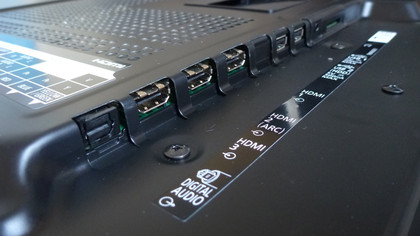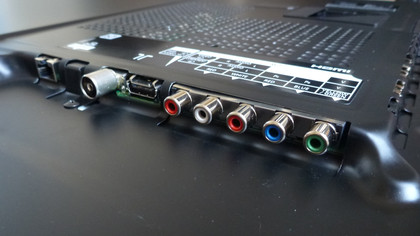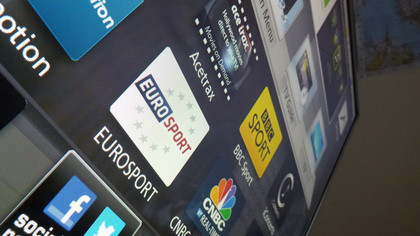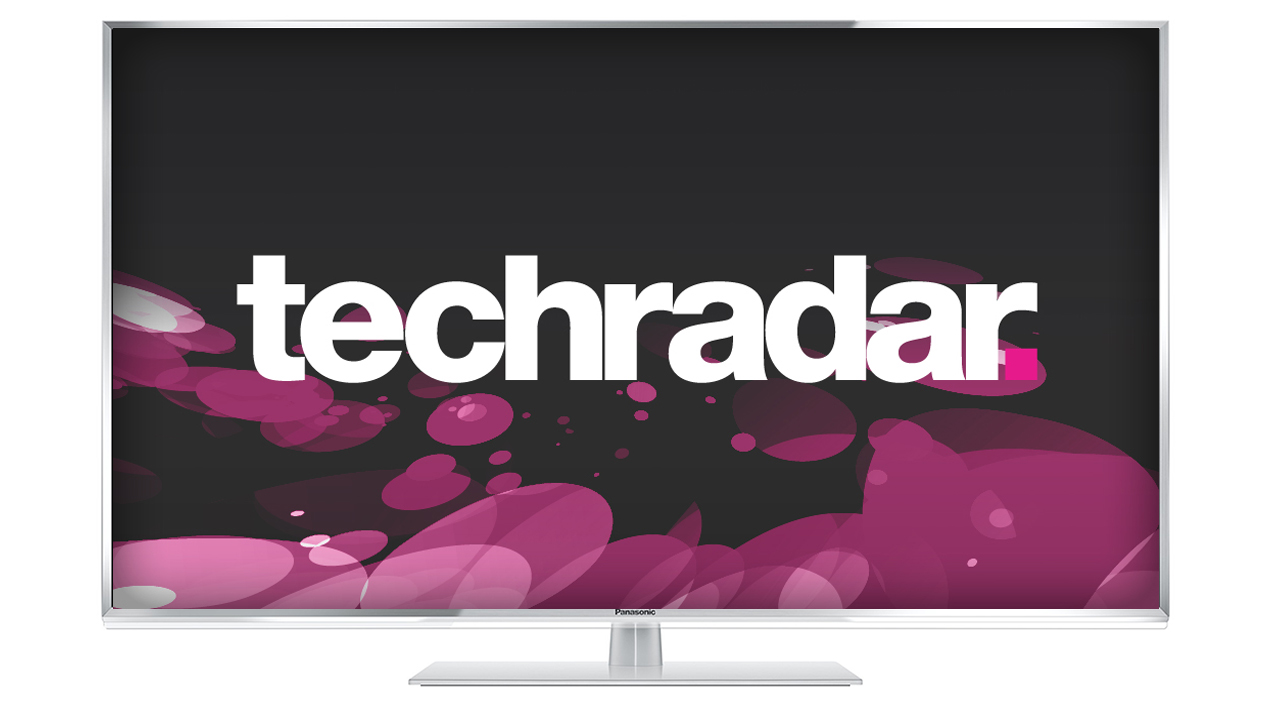Why you can trust TechRadar
Although 3D clearly isn't a priority for Panasonic in 2013 - and that probably goes for all major brands - the use of three dimensions on this 47-inch TV does constitute something of a boundary in terms of the brand's collection. While Panasonic used to use both active shutter (its own invention) and passive 3D systems to differentiate high-end, mid-range and entry-level TVs, it now uses it to make a clear distinction between LED-backlit LCD TVs and its favoured panel technology, plasma.
So while plasma gets the detail-pushing active shutter 3D tech that requires battery-operated glasses and more limited viewing positions, Panasonic's LED-backlit LCD TVs get the cheap, cheerful, flicker-free - and slightly softer-looking (not to mention the visible horizontal lines) - passive 3D TV technology.
You might expect there to be multiple pairs of 3D specs in the box, but sadly there's just two provided, which is a poor return for such an expensive TV. Still, at least they look good, with a slightly grey/blue, though transparent design. They're comfy, too.

Hardware-wise, the Panasonic TX-L47ET60B makes-up for its lack of built-in Skype camera with plenty of ins and outs. We are a little bit disappointed by the provision of just three HDMI inputs, especially since we've seen up to five on TVs from the Korean brands that cost a few hundred pounds less than this one.
The same goes for USB ports, of which there are just two. All of these are on the side-panel, which makes them both easy to reach and cables likely to protrude. The same goes for the optical audio output, the SD Card slot (still a Panasonic exclusive despite its obvious attractiveness to photographers) and a headphones jack.

Other ins and outs include wired Ethernet (although there is also a Wi-Fi card position on the rear of the TV) and a couple of legacy connections via adapters (including RGB Scart, composite and component video). You could well find yourself using only the side-panel.
Picture processing circuitry comes within the VIERA Real 3D Pro suite, which adds backlight scanning to its core 100Hz abilities. C.A.T.S. (Contrast Automatic Tracking System) remains, but sees a name-change to the more self-explanatory Ambient Sensor, while picture presets are dominated by True Cinema, which we've loved before for its out-of-the-box accuracy.

Smart TV sees a complete refresh on the Panasonic TX-L47ET60B. There are plenty of apps - including the likes of BBC iPlayer, Netflix and YouTube - but nothing particularly different from 2012. Still no Lovefilm, Now TV or Blinkbox, and still no ITV Player, 4OD or Five On Demand.
Apps are presented in a nicer, more integrated manner: hit the Apps button on the redesigned remote and they appear as icons on a transparent panel while live TV continues underneath. However, the key innovation for smart TV is My Home Screen. Oft-used widgets, shortcuts and weblinks can be lined-up along the bottom and right-hand side of the screen while a live TV/input window dominates.
It's even possible to have Freeview HD channels along one side ready to be scrolled through, while each user can have their own, customised 'TV Home Screen' and 'Lifestyle Screen' alongside an option for Full Screen TV. A nice idea and simple enough to use, abuse or ignore at will, but perhaps it's overkill, and arguably as cumbersome as the previous, too separate VIERA Connect experience. For some it will be yet another layer of the user interface that must be customised-out, though that's perfectly possible.
Jamie is a freelance tech, travel and space journalist based in the UK. He’s been writing regularly for Techradar since it was launched in 2008 and also writes regularly for Forbes, The Telegraph, the South China Morning Post, Sky & Telescope and the Sky At Night magazine as well as other Future titles T3, Digital Camera World, All About Space and Space.com. He also edits two of his own websites, TravGear.com and WhenIsTheNextEclipse.com that reflect his obsession with travel gear and solar eclipse travel. He is the author of A Stargazing Program For Beginners (Springer, 2015),

